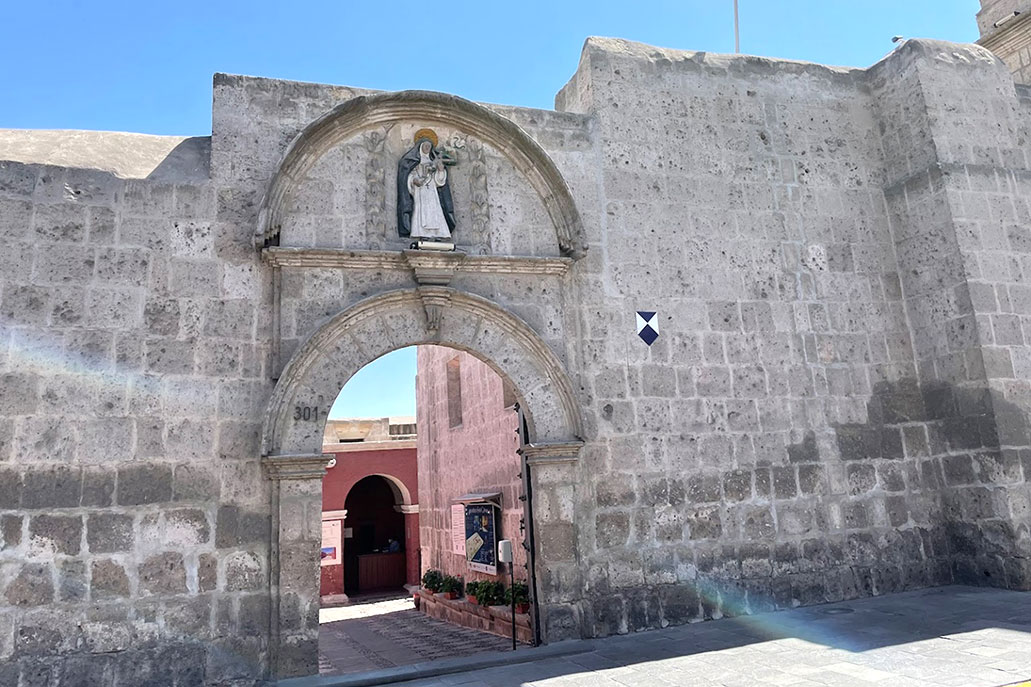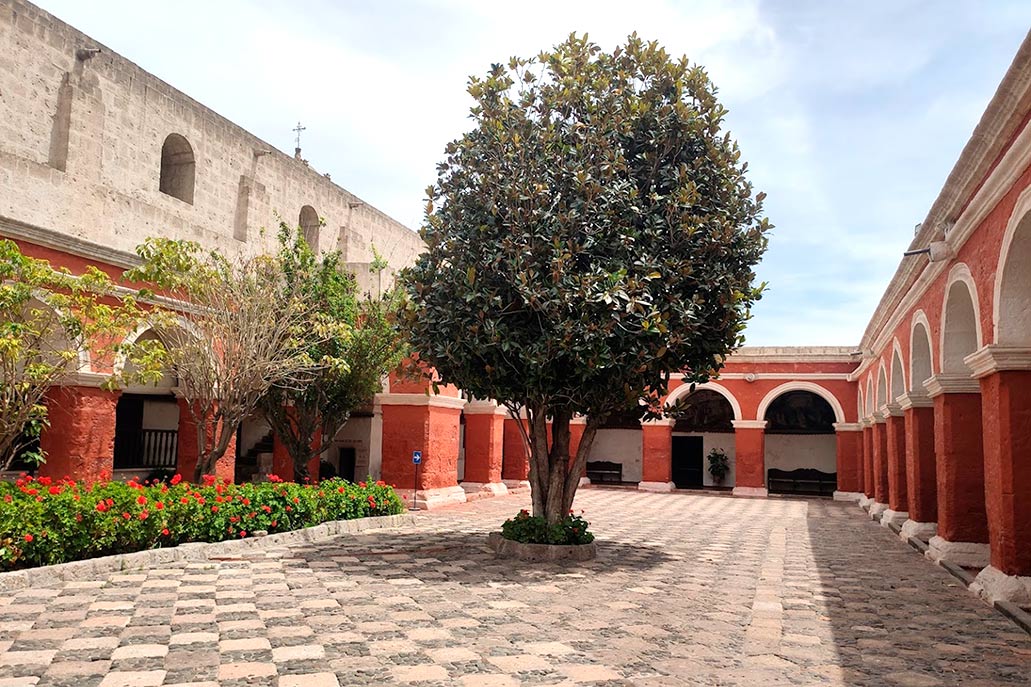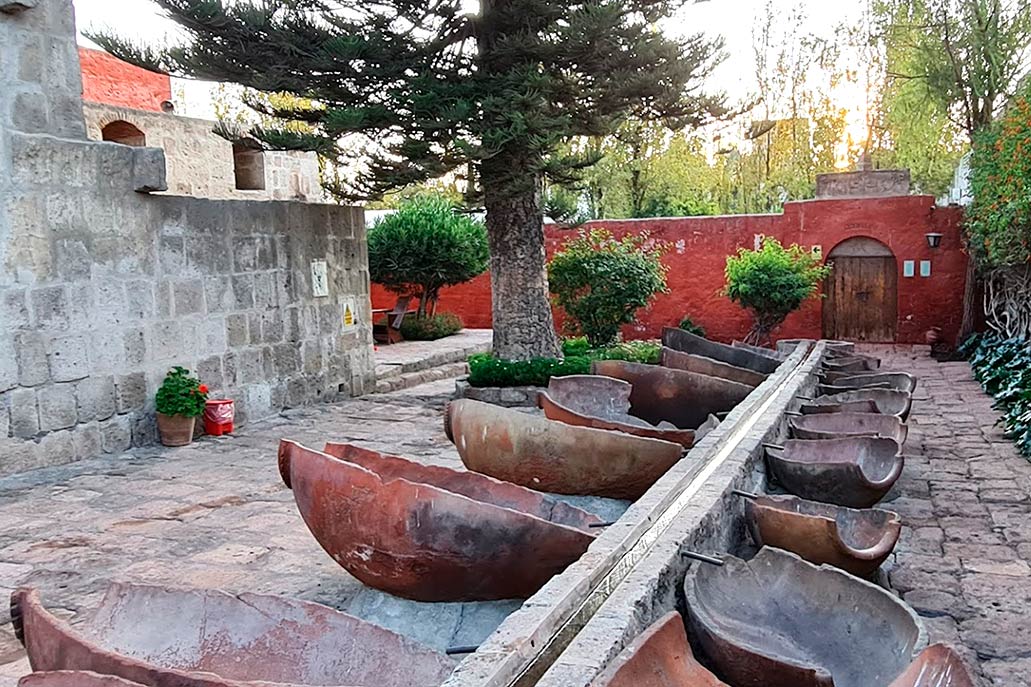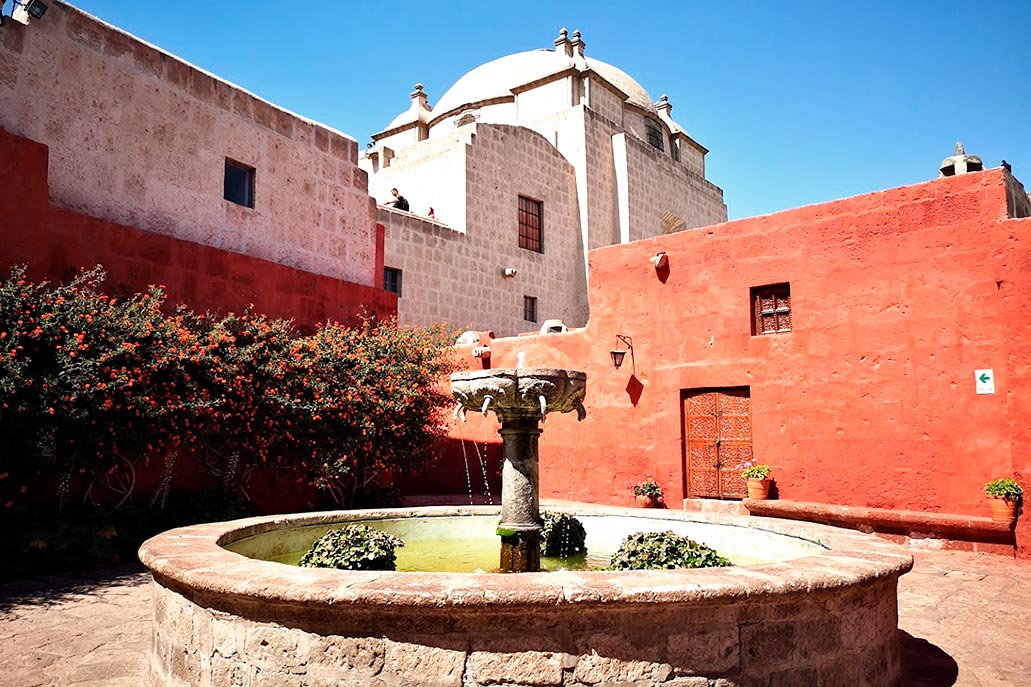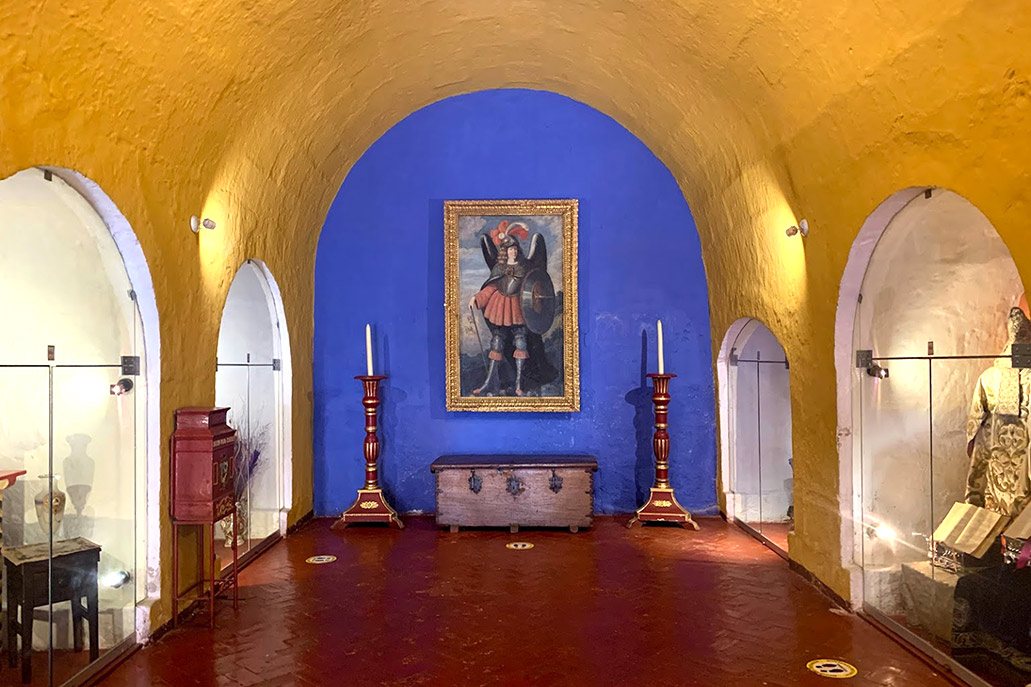5 reasons to visit the Santa Catalina Monastery in Arequipa
Arequipa is home to one of the most special destinations in the world. This is the Private Nuns Monastery of the Order of Santa Catalina de Siena. It was founded during the Viceroyalty of Francisco Toledo. It is currently a tourist complex for all ages. This destination a few meters from the center of Arequipa has 5 attractions that will arouse the interest of more than one.
Content
The Monastery of Santa Catalina de Siena
Currently it is considered a citadel. It has an area of more than 20,000 square meters. Its construction began in 1579, being founded on September 10 of that year.
Years later Doña María de Guzmán decides to seclude herself in the monastery, giving all her assets, so that the construction can continue. Likewise, she was named the first settler and prioress of this convent just under construction.
After more than a year, precisely on the morning of Sunday, October 2, 1580, Doña María, after a high mass in the city of Arequipa, accepts the habit and is formally interned, along with other women from different social classes.
Initially, the women who entered did not live in a community. Each of them occupied different houses. The families of these women built a house, where the women had to stay until the day they died.
The Monastery of Santa Catalina de Siena is located at 301 Santa Catalina Street – Arequipa. It is a few blocks from the Main Square of Arequipa which is considered one of the most beautiful in all of Peru, so it can be easily reached on foot.
Let’s see 5 attractions within this citadel that will allow a time-space trip.
1. The architecture of the Santa Catalina Monastery
Something important about this cultural destination is that it remains in time after many earthquakes. In other words, it was remodeled and rebuilt by the women who inhabited these enclosures.
It is considered a small city, since it has streets that evoke Spanish cities. In total there are 6 these streets: Córdoba, Málaga, Toledo, Granada, Sevilla and Burgos. Although of course, there are other passageways that connect this entire citadel.
One of the main attractions is the charm that volumes have in terms of solidity and plasticity. It is enough to see the arches sitting on the pillars and the dome-shaped constructions with their roofs that give certain features of strength to the enclosure in general.
Something to highlight about its buildings is that it has spaces where different species of plants and flowers have been kept. This gives it a picturesque decoration that contrasts with the orange walls. The alleys that connect all the dependencies of this place are also very colorful.
2. The rooms inside the Santa Catalina Monastery in Arequipa
After the 391 years that this citadel remained, enclosed under its four-meter-high walls. The year 2020 marked the 50th anniversary of its opening to the public. Therefore, since 1970, constant maintenance is given to all the locations that make up the Santa Catalina Monastery. When you visit the monastery you can visit the following dependencies:
a) The Courtyard of Silence
This space was dedicated to meditation, to reflection. A place where you could read in silence and pray, but everything in perfect silence. It is entered through a portal with the inscriptions SILENCE.b) Major Cloister
It was built between 1715 and 1723, to your left there are 5 confessionals that have finishes that demonstrate the required privacy. On the other sides you can find paintings that served as an example for the preparation, catechization and teaching of the new women who entered.c) Laundry
Its construction dates back to the 1770s, when ditches could be found through the streets of Arequipa. In one of them we found 20 half jars. Clay containers that served as rafts. The water entered through a central channel that was diverted to each of the jars only by placing a stone to divert the water. The discarded water fell through an underground channel that carried the water to the river.d) kitchen
What is particular about this dependency is that it can take the visitor back to the past. Although because of the roof it has, it is believed that its main destination was going to be a chapel, since it has the shape of a dome. This kitchen worked with coal, firewood and other fuels. You can see the utensils used at that time.
3. The church
Although this belongs to one of the dependencies. It is necessary to talk about it independently for all the details that we can find. Positioning it as one of the reasons for the Santa Catalina Monastery.
This is quite a beautiful church and it also has quite a large structure. It has many renovations. The main altar has a sculptural work that is quite successful and worth admiring.
You can find different rooms for the nuns to practice their confessions. It also has an altar dedicated to Sor Ana de los Angeles Monteagudo. Inside this church you can also find an old organ.
4. The art museum or art gallery
Around 400 paintings can be found. These pieces were restored because the artists who made them were mostly from the Viceregal era of Peru. All these paintings have a high artistic and historical value.
The main works are exhibited in a detailed space that enhances the brilliance of these paintings. They are two immense rooms with a vaulted ceiling where they are distributed. The ashlar wall is preserved as part of the entire structure of the monastery.
It is important to note that the Santa Catalina Museum is considered one of the the 7 best museums in Arequipa. In Arequipa you can find different museums that house different pieces, all of them of great artistic and historical value.
5. The variety of prices and services that can be found
Schedules to enter the Monastery of Santa Catalina
- The schedules of attention to the Monastery of Santa Catalina, has great variety. In addition, they present special tours such as the “Theatrical Night Visit” and even virtual visits.
- The general schedule is from Monday to Sunday from 09:00 to 18:00 (last entry time is at 17:00).
- Thursdays are from 9:00 a.m. to 8:30 p.m. (The dramatized night visit is presented)
- Closed to the public on Good Friday, December 25 and January 1.
The variety of prices and services that can be found
Entry | Prices |
|---|---|
| Adult general admission | 40 PEN |
| Foreigners from 7 to 21 years old | 20 PEN (with corresponding identification) |
| Peruvian university students | 12 PEN (with corresponding identification) |
| Peruvian older adults | 12 PEN (with corresponding identification) |
| Peruvian schoolchildren or minors | 6 PEN |
| Promotional day for Peruvians | Adults 10 PEN and school children 5 PEN (On the 10th of each month and the last Sunday of each month – Submit DNI) |
By Machupicchu Terra – Last updated, August 28, 2023
